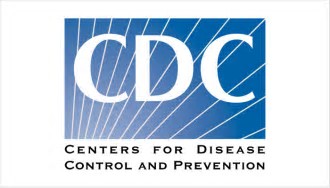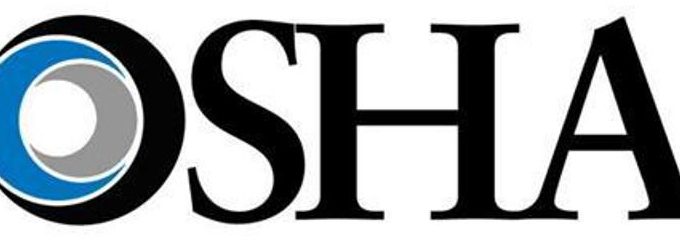Under 29 CFR 1910.151(c), the U.S. Occupational Safety and Health Administration (OSHA) requires that “suitable…
Hand Hygiene Compliance

Proper hand hygiene is considered to be the single most important measure for preventing pathogen transmission in healthcare settings. The Centers for Disease Control and Prevention (CDC) estimates that each year nearly 2 million patients in the US acquire an infection from just being in the hospital, and that almost half of these patients die as a result of their infection. Evidence indicates that noncompliance with hand hygiene practices contributes to these healthcare-associated infections and the spread of multi-resistant microorganisms.
A recent study published in the January 15, 2019 edition of the Journal of International Medical Research assessed hand hygiene compliance by dentists in a university dental clinic in 2012 and 2013. Results of the study showed an alarmingly low overall compliance rate of a 34.7%, demonstrating that more education and monitoring is needed to help increase hand hygiene rates in dentistry.
Hand Hygiene Requirements in Dentistry
OSHA and most state dental boards have hand hygiene requirements. OSHA requires employees to immediately wash hands after removal of gloves and/or following contact with blood or other potentially infectious material (OPIM). Many state dental boards require adherence to CDC recommendations, which call for hand hygiene before and after each patient.
CDC Recommendations for Dental Healthcare Workers
The CDC has valuable online resources and information on proper hand hygiene in healthcare settings. Educational materials include interactive training for employees, an overview of hand hygiene, CDC guidelines, materials for patients, etc. Additionally, the CDC’s 2016 “Summary of Infection Prevention Practices in Dental Settings: Basic Expectations for Safe Care” and CDC’s Guidelines for Infection Control in Dental Health-Care Settings, 2003 recommend hand hygiene guidelines specific for dental staff, which include the following:
- Dental staff should wash their hands with soap and water at the start and end of each workday, in addition to before and after each patient. Hand hygiene is also required after removing and discarding gloves.
- The use of 60-95% alcohol-based handrubs as an alternative to soap and water is permitted, as long as hands are not visibly soiled or contaminated.
- Hands should be thoroughly dried before donning gloves to prevent bacterial growth. Additionally, hands washed with handrubs should be thoroughly dried before gloving because handrub products can interfere with glove integrity.
- Liquid hand-care products should be stored in either disposable closed containers or closed containers that can be washed and dried before refilling. Soap should not be added (i.e., topped off) to a partially empty dispenser.
Since 1992, OSHA Review, Inc. has provided dental professionals with comprehensive programs to support regulatory compliance and infection control. We are a registered continuing education provider in the state of California, specializing in Dental Practice Act, infection control, and OSHA training.


